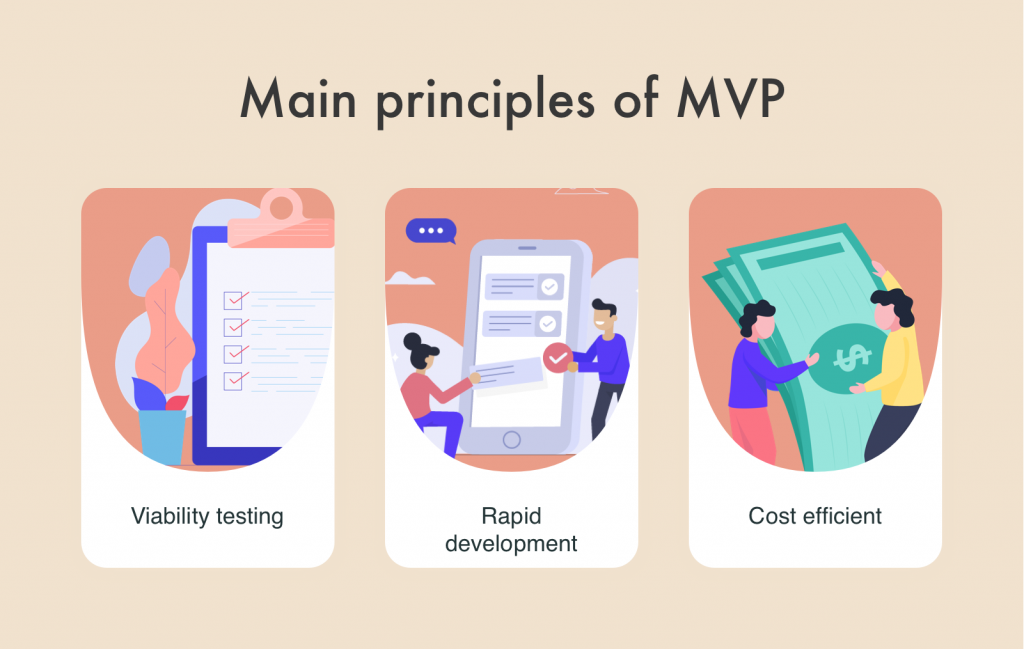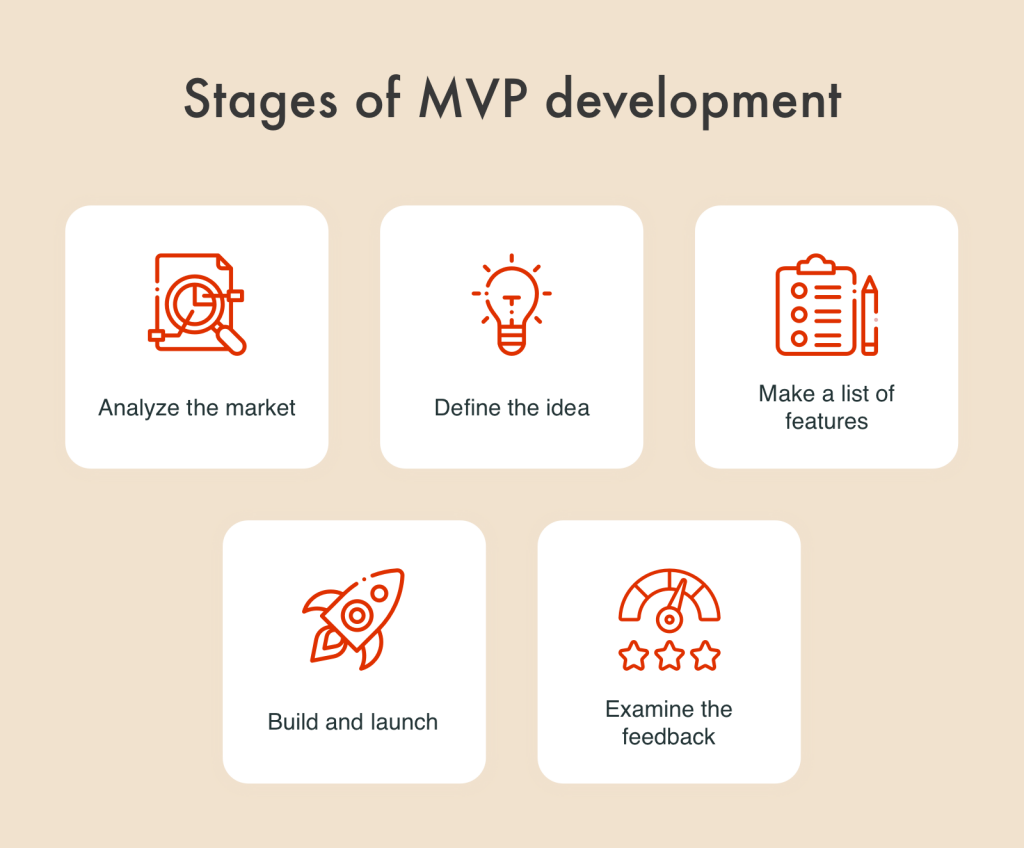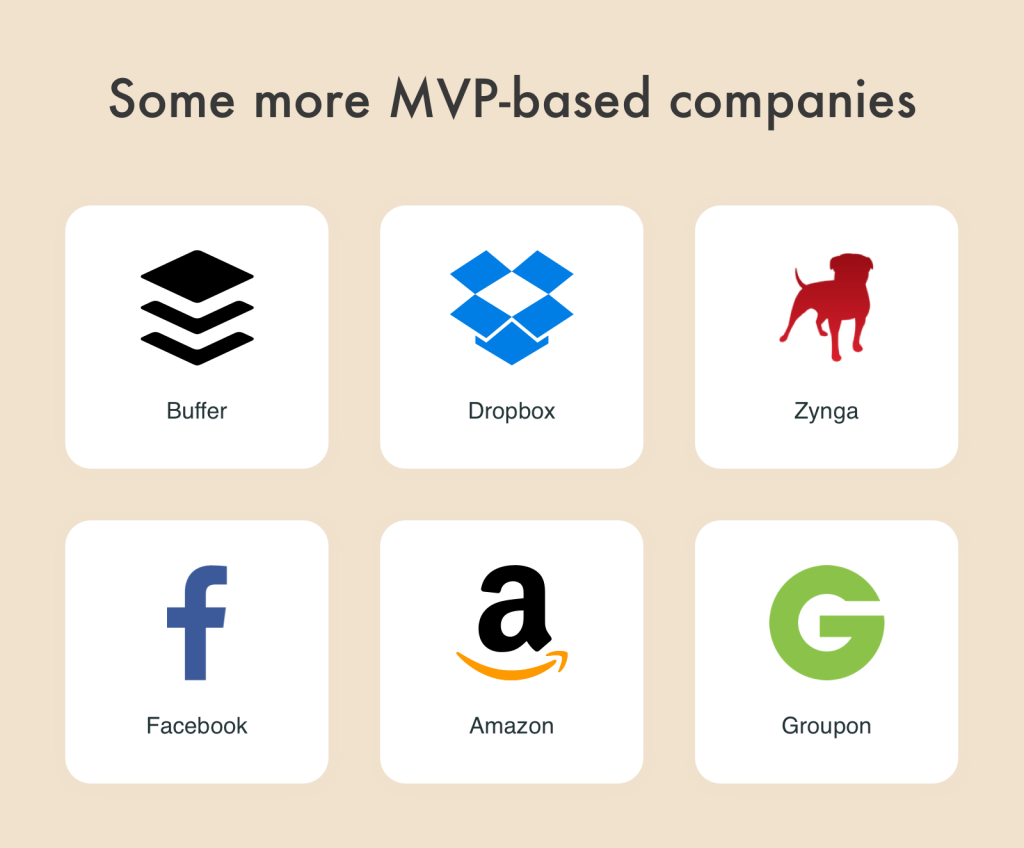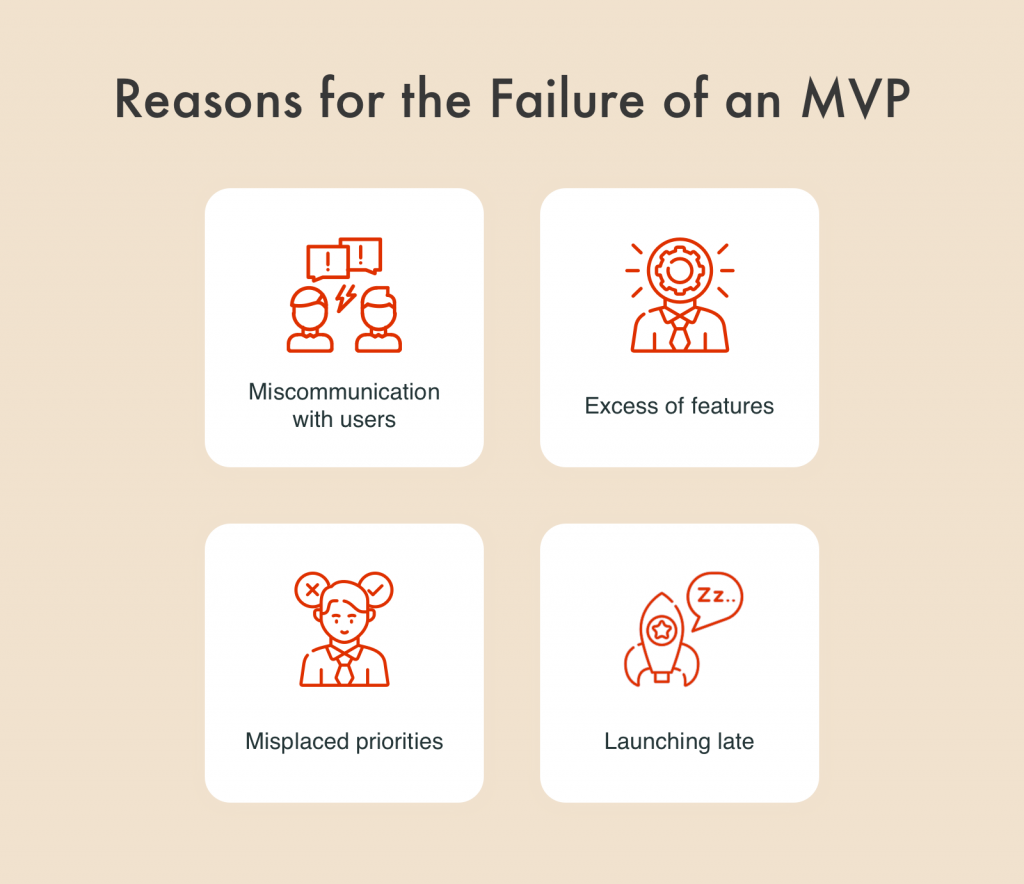The number of business apps, websites, and other startups is constantly increasing. Over time, some of them grow into successful projects, while others gradually fade away. However, few people realize that most startups die even before they outweigh the investments. The reasons for failures can be different: an incorrect product, strategy, improper methods, tools, and so on.
A minimum viable product is a solution that helps minimize the risks of major financial losses. It is relatively cheap if compared to a full-featured web app, and, at the same time, it helps understand whether your product meets customers’ expectations and how to improve it. Many world-known brands, including Airbnb and Amazon, started with an MVP. In our guide, we’ll review this product in closer detail. If you want to know how to build an app like Airbnb – keep on reading.
What Is a Minimum Viable Product and Why Do You Need It?
A minimum viable product is a product (for example, an app) with a basic set of features that provide its functioning. All the rest features are developed after getting the desired feedback from users. The main goals of an MVP are the following:
- Testing the products;
- Confirming its viability;
- Speeding up the product’s delivery to the market;
- Preventing over-expenditure.
As you see, developing an MVP helps you enter the market faster, test the product, and estimate its potential before investing in a full-featured version.

What Are the Benefits of an MVP?
Using a minimal viable product has many benefits for businesses. Let’s figure out the most important ones.
Early Feedback from Customers
The final goal of any startup is to generate revenue, which is impossible without attracting customers – people who will use the product. Developing of an MVP is a good way to create an initial customer database and get feedback from them. If there is no feedback or the level of customer activity is too low, you have time to analyze your mistakes and make improvements. On the contrary, if people enthusiastically meet your project, you will know that you are moving in the right direction.
Testing and Adjusting
It is easier to test and adjust a project for a target audience when it is not packed with various features. An MVP lets you test a “bare” project and then gradually add new useful features. This is more rational than eliminating useless features, which you have already paid for, isn’t it?
Money Saving
Developing a full-featured app is a long-term and costly task. Depending on the app’s complexity, it may take several years and require major investments. An MVP is much cheaper; moreover, it may start generating profit, which can be invested in further development.
Finding Investors
If you are going to attract third-party investors to your project financing, there’s no better way to do it than using an MVP. The fact remains that few people readily invest in the projects that exist only on paper. An MVP, in turn, helps demonstrate all the benefits of your product.

How to Create an MVP?
Developing a minimum viable product consists of several stages. Although the number of features is minimal, some preparatory work is also required. Let’s find out
- Market research. No startup is created without previous research. You need to analyze the market to understand the latest trends and customers’ demands. Make sure people need your product.
- Refining of the idea and goals. At this stage, you need to clarify what tasks your product will resolve, how it will help users, and what its benefits are.
- Deciding on features. Ideally, you need to make a list of all features that you would like to see in your product. After that, cut off the unnecessary ones and leave a bare minimum for the MVP version.
- Developing and launching. Here, it’s important to build a high-quality product with a minimum set of features.
- Collecting and analyzing user responses. User feedback is the most precious thing you may get from an MVP. It helps understand whether you are moving in the right detection and what you need to improve.

Some Examples of Minimum Viable Products
You may be surprised to know that many globally recognized companies began their way to success from a minimum viable product. Here are some shining examples.
- Airbnb. Nowadays, Airbnb is the best-known platform for easy finding of short-term renting services. Its creators started in 2007, by creating an MVP – a plain one-page website where they advertised their housing. It helped them define their target audience and find their first clients.
- Buffer. Before launching a full-featured app, Joel Gascoigne, one of the creators of Buffer, ran a single web page containing information about three pricing plans. In fact, these plans, as well as the product itself didn’t exist, and users were informed about it after the subscription. Over a short time, Joel gathered a lot of useful information and developed the first version of the app.
- Twitter. Initially, Twitter was launched as a project for the internal use of the company. The employees liked it, and some later, the microblogging platform appeared.
- Pebble. This was one of the most successful projects ever. Its creators used video of a prototype instead of an MVP and managed to attract huge investments within a week.

Why an MVP Can Fail
Though creating an MVP is a great way to avoid major mistakes, sometimes, it can fail at the initial stage. There are several common reasons for it.
- A wrong concept selected. It happens when you focus on a non-demanded product or set wrong priorities.
- Lack of feedback or improper processing. Without asking proper questions, you won’t understand what users actually need.
- Few iterations. A great result is achieved through trial and error. Never stop looking for better alternatives and improve the product, getting to an ideal product.
- Too low tempo. Try to find a perfect ratio of speed and quality. Commonly, the development time varies from 1 to 5 months.
- Many unnecessary features. Keep in mind that a minimum viable product must contain a bare minimum of features. Focus on its usability and simplicity rather than the feature set.

Bottom Line
The main goals of an MVP are to get feedback from users and analyze the collected information. To make a successful minimum viable product, take the preparatory stage seriously. Think about the concept, necessary features, design, and testing before you begin developing it.

















































































